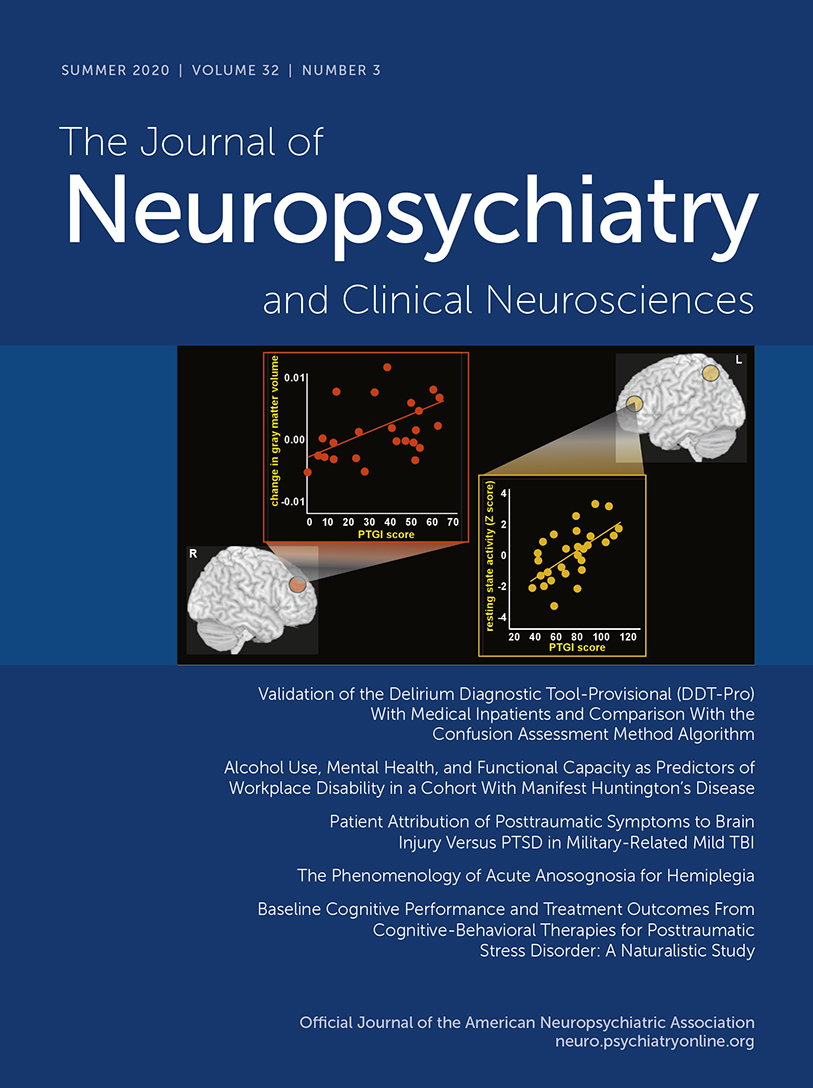Anatomical Connectivity of the Visuospatial Attentional Network in Schizophrenia: A Diffusion Tensor Imaging Tractography Study
Abstract
Objective:
In healthy individuals, the visuospatial attentional network consists of frontoparietal bundles; however, the anatomical organization of this network in persons with schizophrenia remains largely unknown. Using diffusion tensor imaging–based tractography, the authors investigated the white matter integrity and volume of frontoparietal and frontotemporo-occipital bundles in the right and left hemispheres and studied their structural asymmetry in persons with schizophrenia and in healthy individuals.
Methods:
This study included 34 participants with schizophrenia and 69 healthy individuals. Integrity parameters and volume were calculated in the three branches of the superior longitudinal fasciculus (SLF I, II, and III), the inferior longitudinal fasciculus, and the inferior fronto-occipital fasciculus in both hemispheres.
Results:
In the SLF II and SLF III of the right hemisphere, healthy individuals showed greater integrity, compared with participants with schizophrenia. Both groups presented increased integrity in the SLF III of the right hemisphere, compared with the SLF III of the left hemisphere, but only healthy individuals had this pattern regarding the SLF II. Bundle volumes did not differ between groups.
Conclusions:
This study is the first to describe the structural hemispheric lateralization and organization of the visuospatial attentional network in persons with schizophrenia. The main findings indicate loss of integrity in the SLF II, associated with loss of asymmetry in participants with schizophrenia, compared with healthy individuals, suggesting a potential substrate of attentional deficits.



